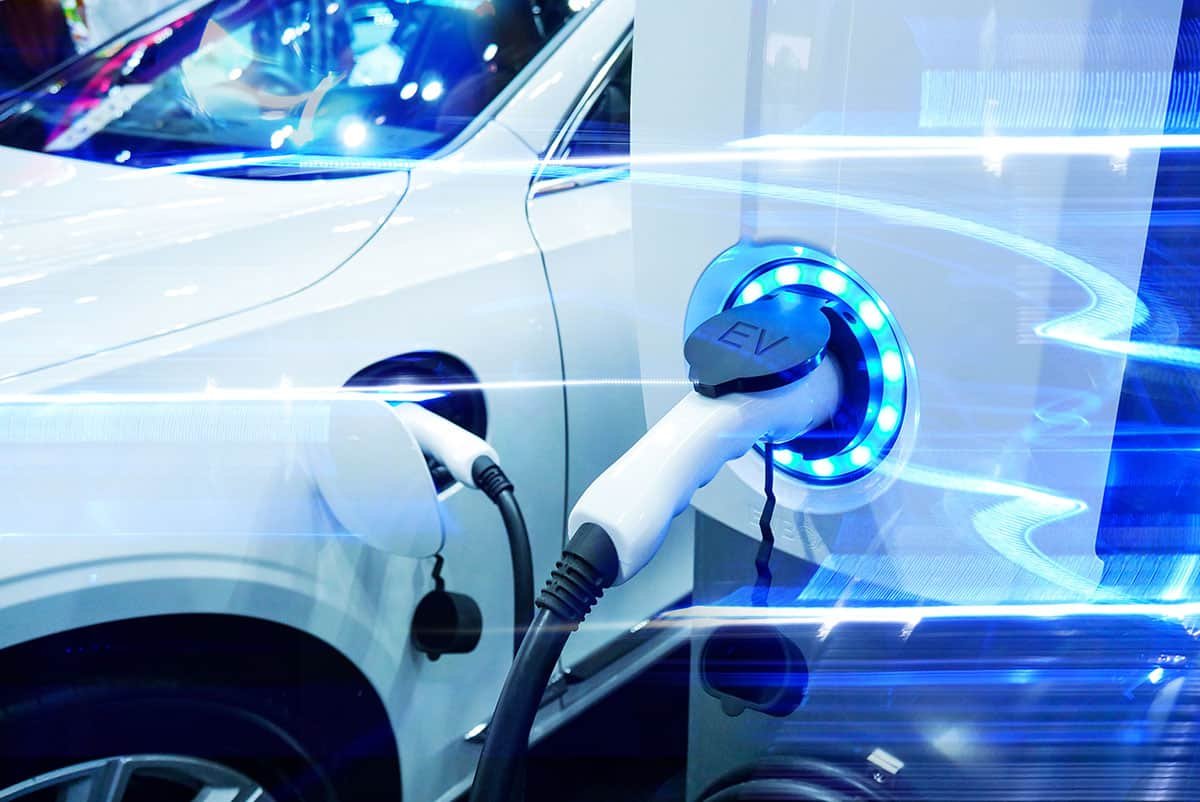The Future of Energy: China's Green Trifecta Reshapes Asia and the World
China's economic playbook is undergoing a revision. Long the world's factory floor, churning out goods for insatiable Western consumers, the Middle Kingdom is now betting on a new hand: the "New 3s." This triumvirate – solar cells, lithium-ion batteries, and electric vehicles (EVs) – represents China's audacious gambit to dominate the clean energy revolution and reshape the global economic order.
The strategy is audacious, but the logic is sound. By cornering the market for these vital green technologies, China aspires to secure its energy independence, satiate its burgeoning domestic demand for EVs, and become the world's leading exporter of clean tech. The implications for Asia and the world are profound.
The Asia Pivot: For the Asia-Pacific region, the New 3s present a double-edged sword. Resource-rich economies, from Indonesia's lithium reserves to Australia's rare earths, stand to benefit as China's demand soars. However, established manufacturing hubs like Thailand and Vietnam may find themselves squeezed as China streamlines its own production. The answer lies in regional cooperation. By fostering a robust supply chain within Asia, the region can capitalize on China's green surge without becoming overly reliant.
Geopolitical Currents: The New 3s strategy dovetails neatly with China's ambitious Belt and Road Initiative (BRI), which aims to create a network of infrastructure projects across Asia, Africa, and Europe. This synergy could see BRI projects prioritizing clean energy grids and EV charging stations, further solidifying China's position as the world's green infrastructure leader. However, concerns linger about potential debt burdens and a lack of transparency in BRI projects, which could create friction with other major powers in the region.
The Global Chessboard: Beyond Asia, the New 3s pose a challenge to established economic powers. The dominance of Western car companies and battery manufacturers could be eroded as China's technological prowess and economies of scale take hold. This could lead to a more multipolar global economy, with China as a major green tech hub. However, the West has a card to play: collaboration. By fostering joint research ventures and technology sharing agreements, Western economies can ensure they are not left behind in the green race.
Uncertainties Abound: The success of the New 3s strategy hinges on several factors. China must navigate internal economic headwinds, such as a potential property market slowdown. Additionally, ensuring a steady supply of raw materials and fostering a skilled workforce for these high-tech sectors will be crucial. The global response to China's green ambitions will also be a significant determinant. Openness to collaboration and trade could usher in a new era of green prosperity. Protectionist policies, however, could trigger a costly trade war.
China's New 3s are not merely an industrial policy shift; they are a declaration of intent. The Middle Kingdom aspires to become the emperor of the green economy, reshaping the economic landscape of Asia and the world. Whether this ambition translates into a sustainable future or a fractured global order remains to be seen. The game is afoot, and the stakes are high.

